Family: Loganiaceae R. Br. ex Mart.

Distribution: North American species with limited area of distribution, mainly in south east of United States, from southern Illinois and Maryland to Georgia, Alabama, Louisiana and eastern Texas with main concentration along Mississippi river.
Ecology: Moist, deciduous woods and thickets, close to water, in lowlands. Blooms in spring and early summer.
Description: Perennial herb, clump forming, from fibrous, yellowish root. Stem erect, simple, rarely branched, 30–60 cm tall, four-sided, smooth; leaves opposite, sessile, in 4–7 pairs, 3–10 cm long, rich green, oval elongate to lanceolate, sharp acuminate, smooth margins. Inflorescence a terminal, one-sided spike, 5 to 12-flowered; flowers 2.5–4.5 cm long, short pedicels; pentamerous, calyx green, sharp pointed sepals; corolla tubular, swelling in middle, bright scarlet outside, yellow inside, lobes of the tube spreading into a yellow star; stamens exserted from the tube; pubescent acute stigma exceeding stamen length. Fruit is a capsule from reflexed calyx, two globular lobes with many seeds.
Threat and protection: Listed as endangered in the state of Indiana. Very rare in Maryland and Virginia.
Use: All parts of the plant are poisonous. Otherwise it was used as narcotic, vermifuge, sedative, cathartic and febrifuge by the Cherokees.
Note: The genus was named in honour of an Italian botanist Spigeli (as per one source). In reality he was Flemish and his name was Adriaan van den Spiegel (1578–1625), latinized to Adrianus Spigelius, to Italian as Adriano Spigeli. That is the way to become an Italian. Spigelius was primarily an anatomist with ties to Czech Countries and during times of Rudolf II, he became Medicus Primarius of Bohemia.
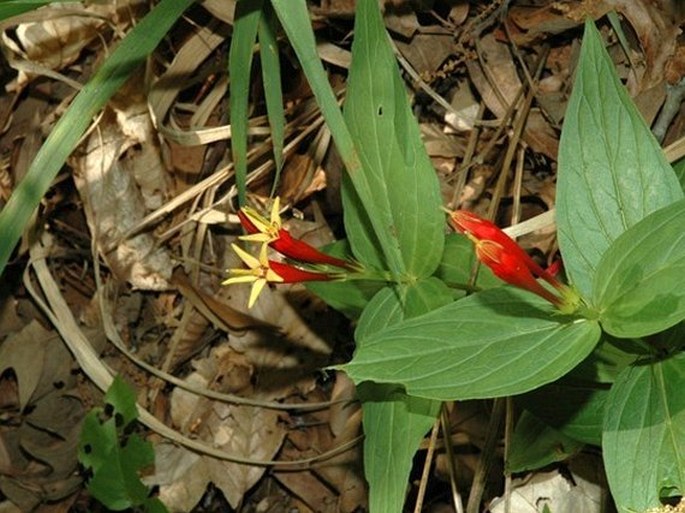
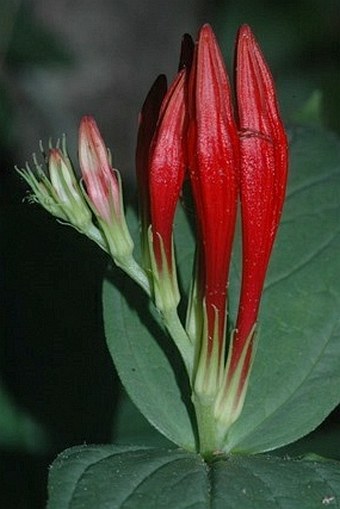
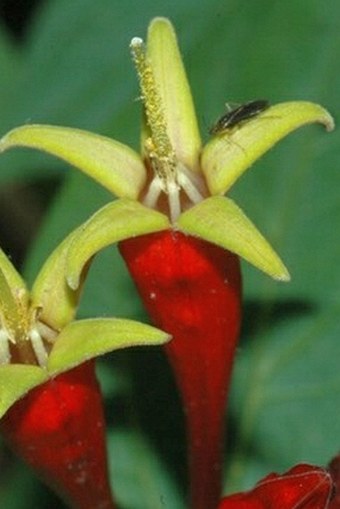
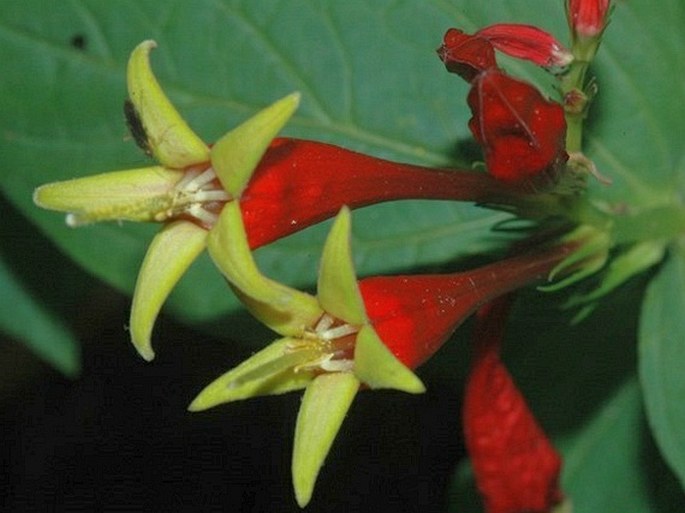
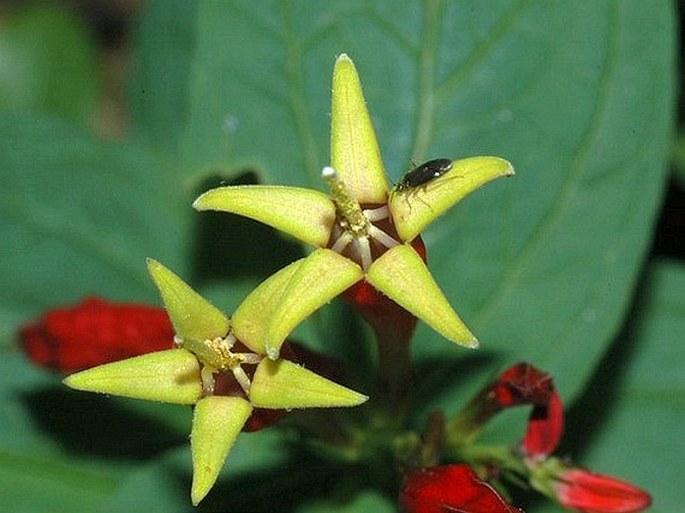
These images were taken in USA, Mississippi, Clark Creek (by Philip Bergmann, April 2006).


